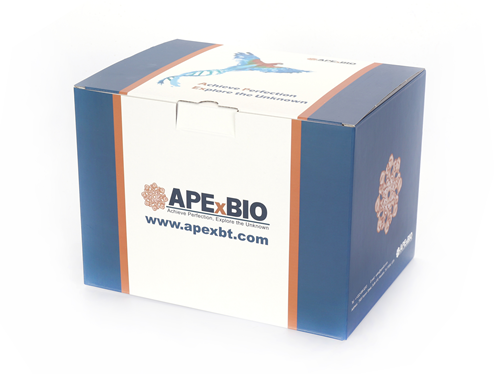Recombinant Human IL-7
Interleukin-7 (IL-7), is a 25 kDa cytokine of the hemopoietin family that plays important roles in lymphocyte differentiation, proliferation, and survival [1-4]. Human IL-7 cDNA encodes 177 amino acids (aa) that include a 25 aa signal peptide [3]. Human IL-7 shares approximately 60-63% aa sequence identity with mouse, rat, canine and feline IL-7, and 72-76% with equine, bovine, ovine, porcine, feline and canine IL-7. Human and mouse IL-7 exhibit cross-species activity [2, 3]. IL-7 protein is produced by a wide variety of cells in primary and secondary lymphoid tissues, including stromal epithelial cells of the thymus, bone marrow, and intestines [1, 2, 5]. Circulating IL-7 protein is limiting in healthy animals, but increases during lymphopenia [1, 6]. IL-7 signals through a complex of the IL-7 Receptor alpha subunit (IL-7 R alpha, also known as CD127) with the common gamma chain (gamma c) [1]. IL-7 contributes to the maintenance of all naive and memory T cells, mainly by promoting expression of the anti-apoptotic protein Bcl-2 [7-9]. It is required for optimal T cell-dendritic cell interaction [6]. IL-7 is expressed early in B cell development prior to the appearance of surface IgM [1, 5, 7]. In mouse, IL-7 activation of IL-7 R alpha is critical for both T cell and B cell lineage development, while in humans, it is required for T cell but not for B cell development [4, 7, 10, 11]. However, IL-7 functions in both mouse and human pro-B cells to suppress premature Ig light chain recombination during proliferative growth [12, 13].
Reference
[1]. Sasson, S.C. et al. (2006) Curr. Drug Targets 7:1571.
[2]. Barata, J.T. et al. (2006) Exp. Hematol. 34:1133.
[3]. Goodwin, R.G. et al. (1990) Proc. Natl. Acad. Sci. USA 86:302.
[4]. Namen, A.E. et al. (1988) Nature 333:571.
[5]. Shalapour, S. et al. (2012) PLoS ONE 7: e31939.
[6]. Saini, M. et al. (2009) Blood 113:5793.
[7]. Sudo, T. et al. (1993) Proc. Natl. Acad. Sci. 90:9125.
[8]. Seddon, B. et al. (2003) Nat. Immunol. 4:680.
[9]. Schluns, K.S. et al. (2000) Nat. Immunol. 5:426.
[10]. Peschon, J.J. et al. (1994) J. Exp. Med. 180:1955.
[11]. Pribyl, J.A. and T.W. LeBien (1996) Proc. Natl. Acad. Sci. 93:10348.
[12]. Johnson, K. et al. (2012) J. Immunol. 188:6084.
[13]. Nodland, S.E. et al. (2011) Blood 118:2116.
|
Accession # |
P13232 |
|
Alternate Names |
Human IL7; hIL-7; Interleukin-7; interleukin 7; Lymphopoietin-1; PBGF |
|
Source |
Human embryonic kidney cell, HEK293-derived human IL-7 protein |
|
Protein sequence |
Asp26-His177 |
|
M.Wt |
17.4 kDa |
|
Appearance |
Solution protein. |
|
Stability & Storage |
Avoid repeated freeze-thaw cycles. It is recommended that the protein be aliquoted for optimal storage. 12 months from date of receipt, -20 to -70 °C as supplied. |
|
Concentration |
0. 2 mg/mL |
|
Formulation |
Dissolved in sterile PBS buffer. |
|
Reconstitution |
We recommend that this vial be briefly centrifuged prior to opening to bring the contents to the bottom. This solution can be diluted into other aqueous buffers. |
|
Biological Activity |
Measured in a cell proliferation assay using PHA-activated human peripheral blood lymphocytes (PBL). The EC50 for this effect is 0.1-0.5 ng/mL. |
|
Shipping Condition |
Shipping with dry ice. |
|
Handling |
Centrifuge the vial prior to opening. |
|
Usage |
For Research Use Only! Not to be used in humans. |
Quality Control & DataSheet
- View current batch:
-
Purity > 90%, determined by SDS-PAGE.
- Datasheet
Endotoxin: <0.010 EU per 1 ug of the protein by the LAL method.







